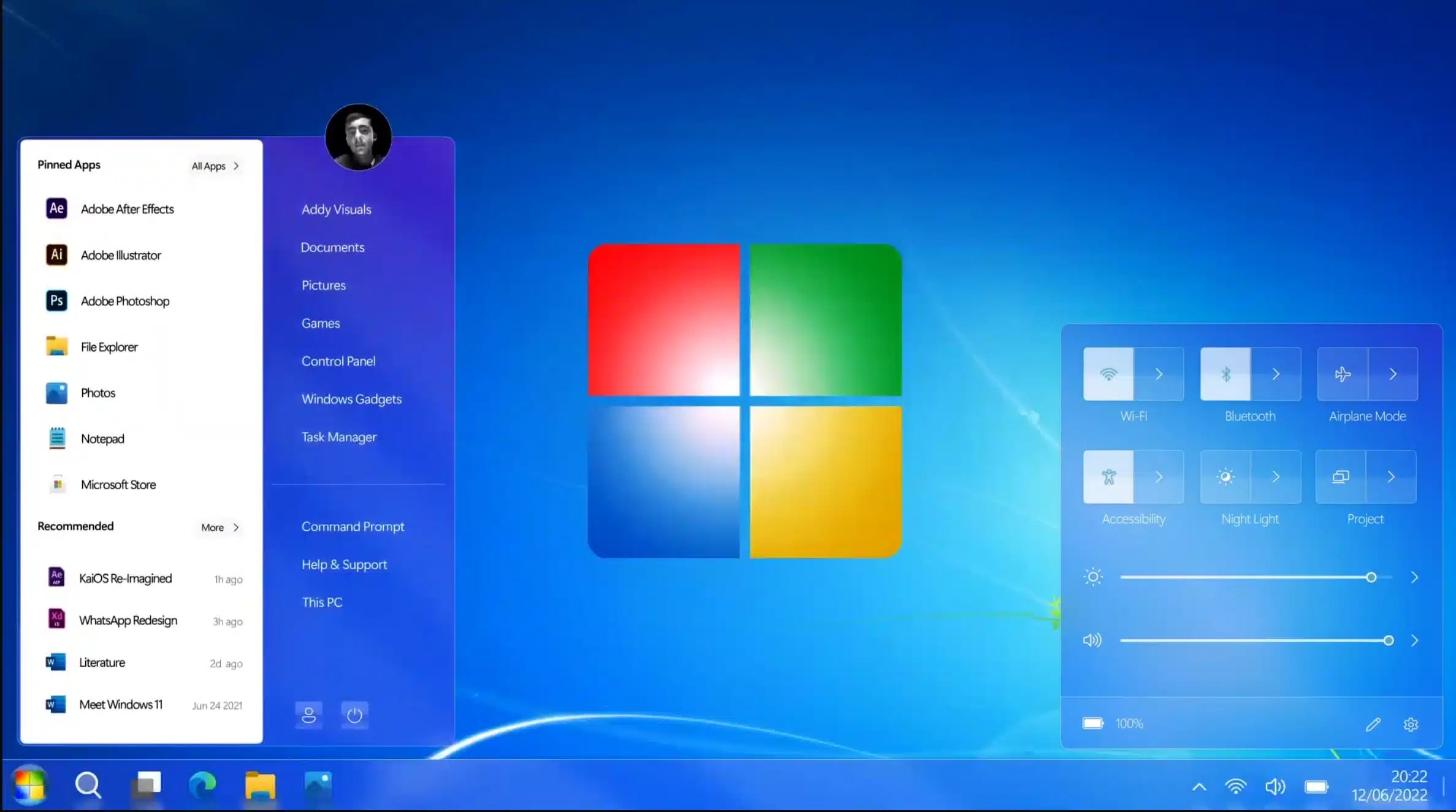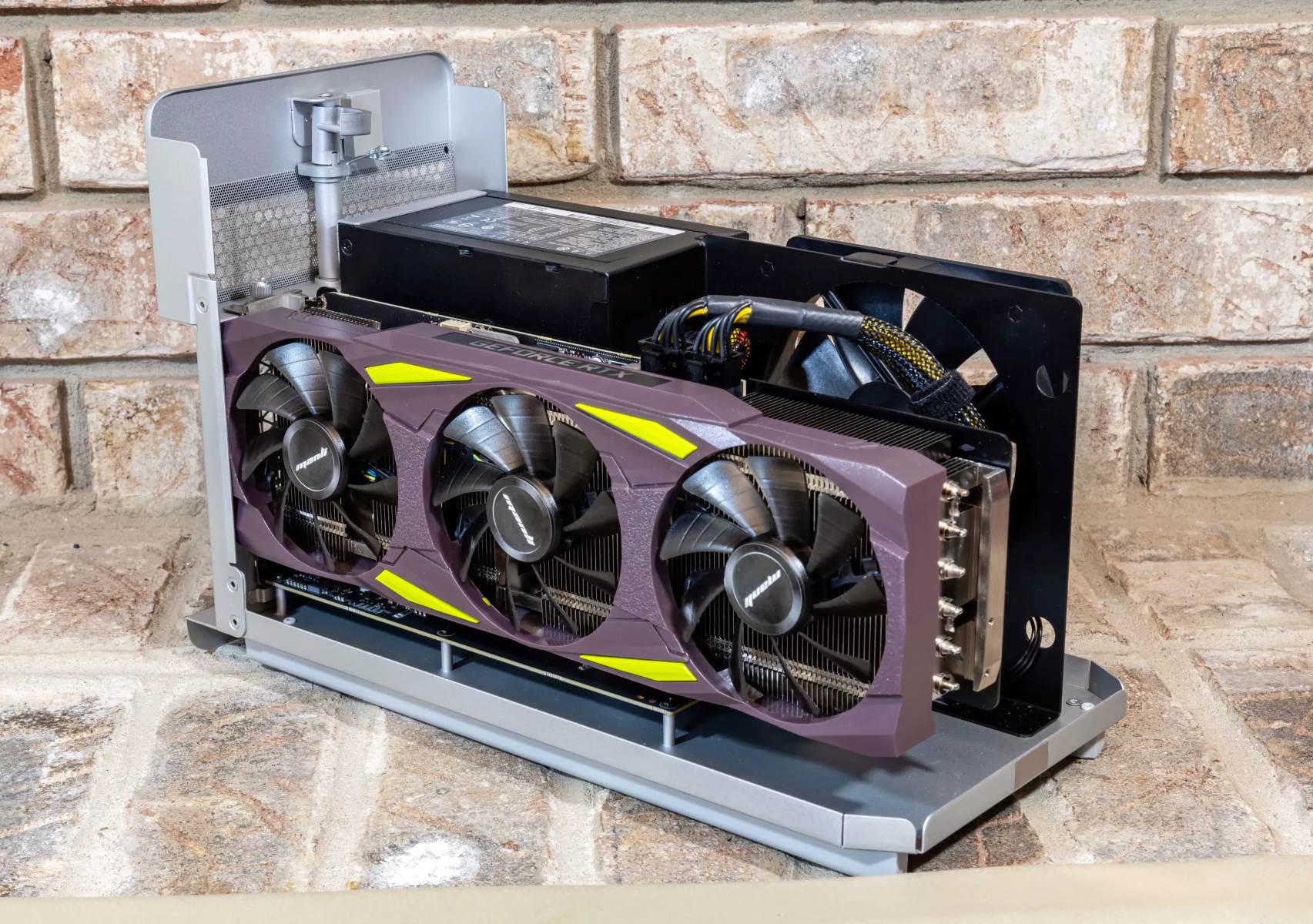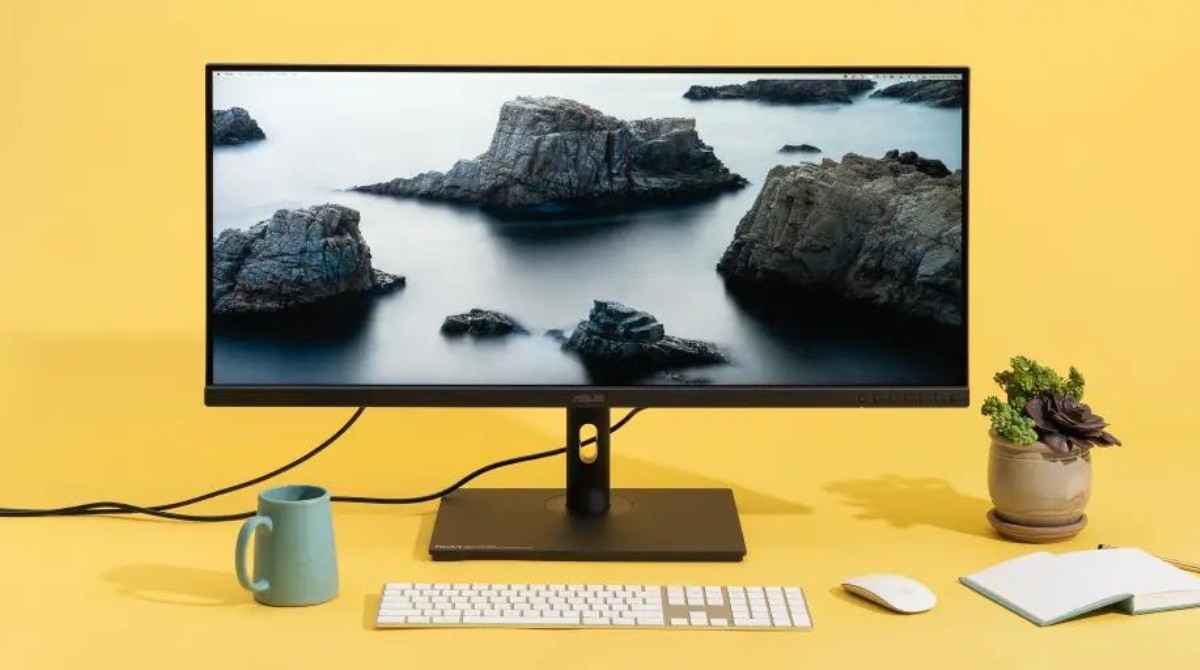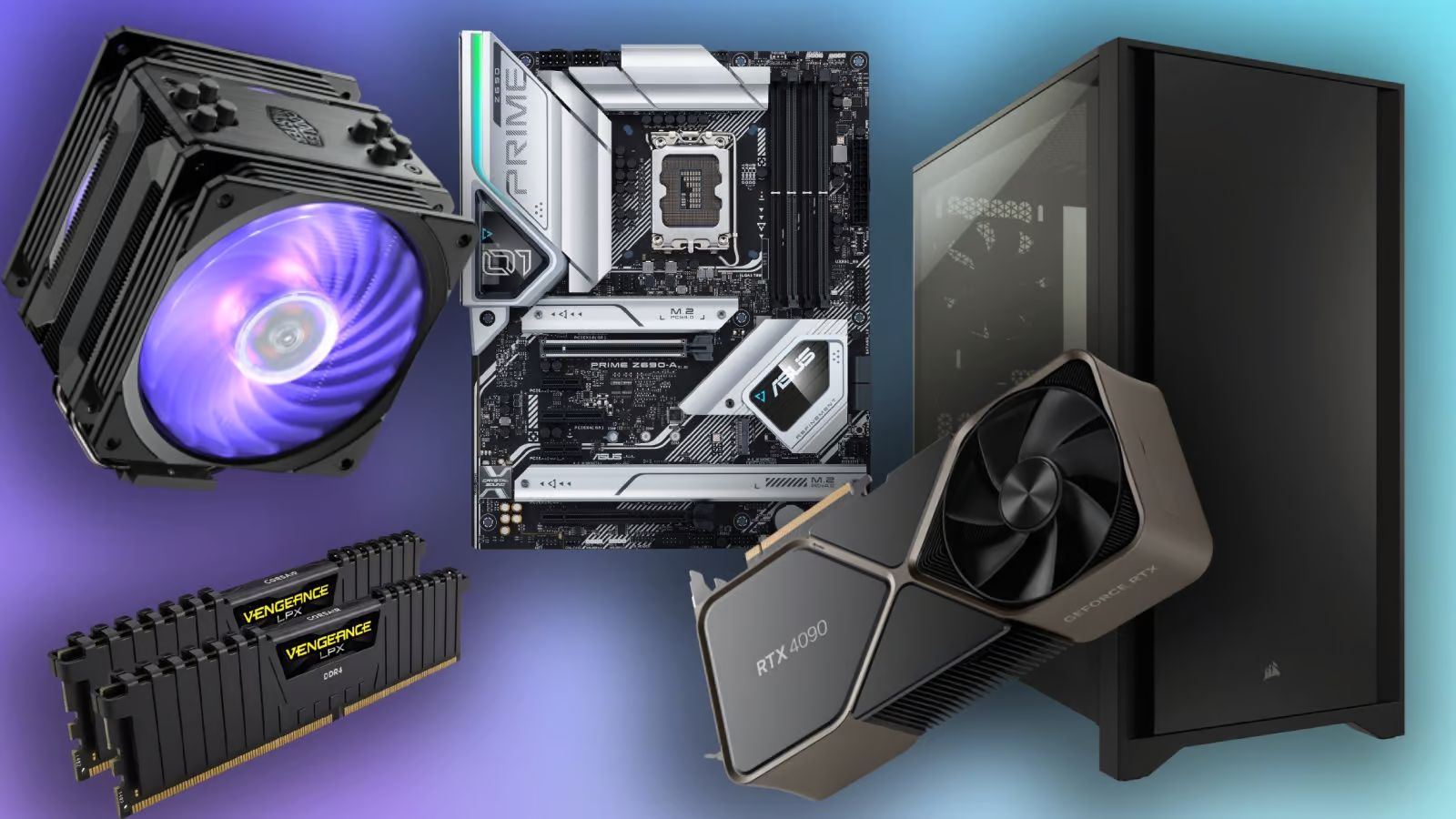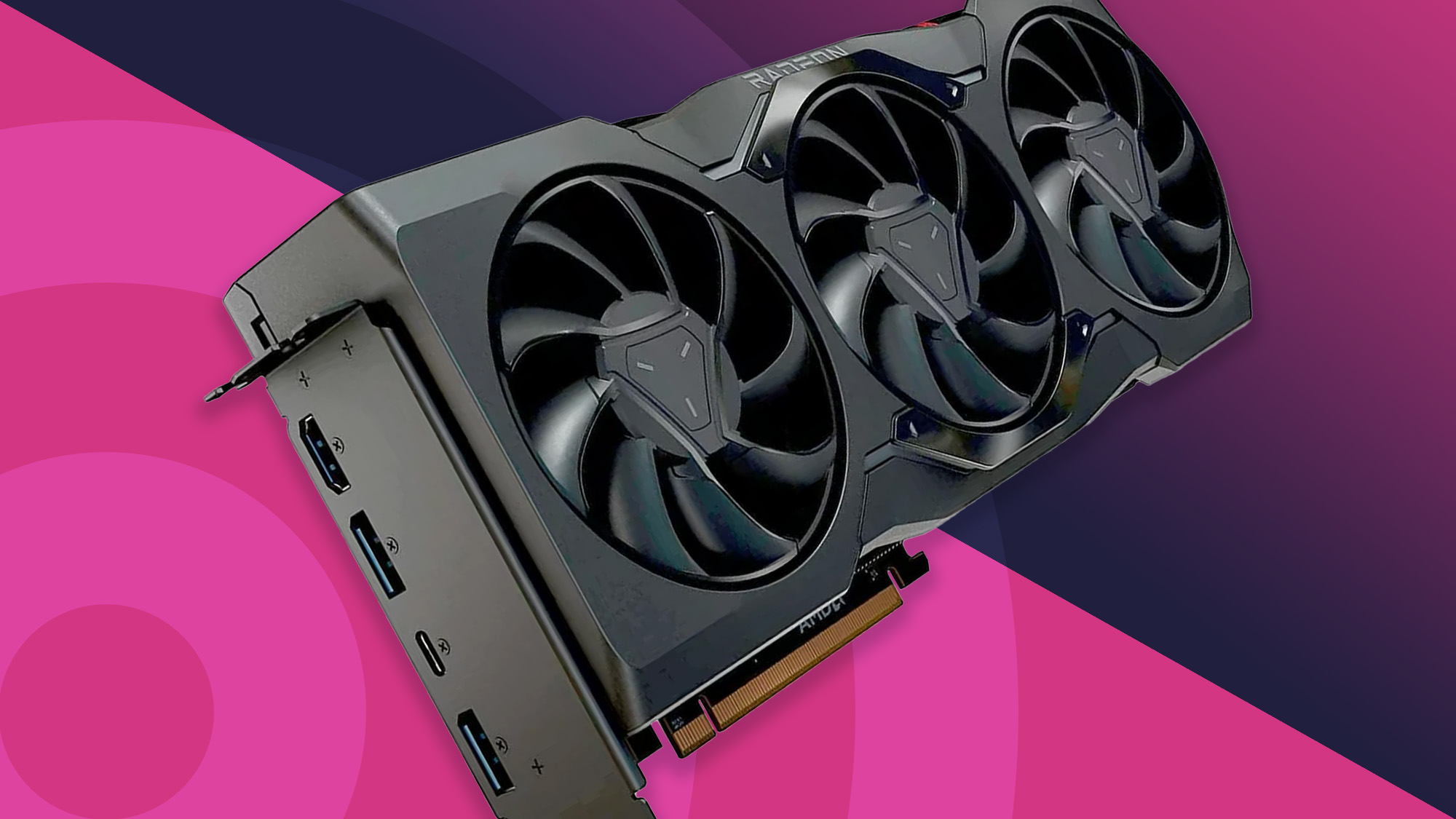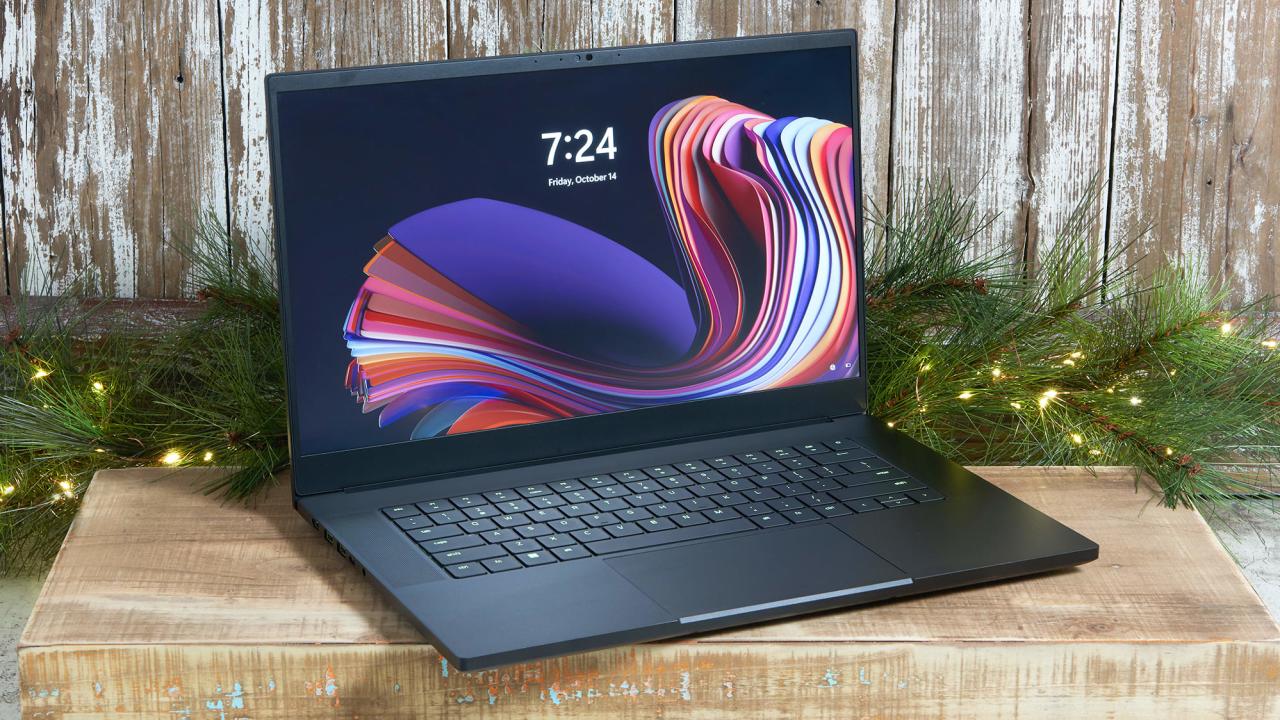Introduction
Welcome to the world of Windows 7, where you can explore the vast capabilities of your computer. One important aspect of your computer’s hardware is the graphics card, which plays a crucial role in rendering graphics and providing an immersive experience while using your computer. Whether you are a gamer, a graphic designer, or simply curious about the specifications of your machine, knowing how to look up your graphics card in Windows 7 is essential.
Every Windows 7 computer has a graphics card installed, but the specifications may vary depending on the model and manufacturer. The graphics card determines the performance and quality of the graphics you see on your monitor, so it’s important to be aware of its capabilities. In this article, we will explore different methods to look up your graphics card in Windows 7, so you can have a better understanding of your system’s capabilities.
Knowing the make and model of your graphics card can be beneficial in many ways. It allows you to ensure that your computer meets the minimum requirements for certain software or games. It also helps you stay updated with the latest driver updates provided by the graphics card manufacturer. Additionally, if you encounter any issues with graphics performance, knowing your graphics card details can enable you to seek relevant support or troubleshoot the issue effectively.
In the following sections, we will explore three different methods to look up your graphics card in Windows 7. These methods include using the Device Manager, the DirectX Diagnostic Tool, and third-party software. Each method has its own advantages, so you can choose the one that suits your preferences and requirements.
Why do you need to look up your graphics card in Windows 7?
Understanding the importance of looking up your graphics card in Windows 7 can help you make informed decisions about software compatibility, system upgrades, and troubleshooting graphics-related issues. Here are a few reasons why you should have a clear understanding of your graphics card:
- Software Compatibility: Certain software, especially graphic-intensive applications and games, have specific requirements when it comes to the graphics card. By knowing the make and model of your graphics card, you can ensure that it meets the minimum requirements for running such software. This can help you avoid installation issues and ensure optimal performance.
- System Upgrades: If you’re considering upgrading your computer’s hardware, such as adding more RAM or installing a new graphics card, knowing your current graphics card details is crucial. It gives you a starting point for researching and selecting a compatible upgrade, ensuring that the new component will work seamlessly with your system.
- Driver Updates: Graphics card manufacturers regularly release driver updates to improve performance, add new features, and fix bugs. These updates can enhance the stability and compatibility of your graphics card with various applications. By knowing your graphics card details, you can easily check for and install the latest driver updates, ensuring that your system is up to date.
- Troubleshooting Graphics Issues: If you encounter any graphics-related issues, such as screen flickering, artifacts, or poor performance, having knowledge of your graphics card details can be beneficial. It allows you to seek specific troubleshooting steps and support related to your particular graphics card model. This can help you resolve issues more efficiently and avoid unnecessary trial and error troubleshooting.
By looking up your graphics card in Windows 7, you gain valuable insights into your computer’s capabilities, ensuring that you have the necessary hardware to meet your specific needs. Whether you’re a gamer, a graphic designer, or someone who simply wants to know more about their system, understanding your graphics card is a fundamental aspect of exploring the potential of your Windows 7 computer.
Method 1: Using Device Manager
One of the simplest ways to look up your graphics card in Windows 7 is by using the Device Manager. The Device Manager is a built-in utility that allows you to manage and view the hardware devices installed on your computer. Here’s how you can use the Device Manager to find your graphics card details:
- Open the Start menu and type “Device Manager” in the search bar. Click on the “Device Manager” option in the search results to open it.
- In the Device Manager window, expand the “Display adapters” category by clicking on the arrow next to it. This will show you the list of display adapters installed on your system, including your graphics card.
- Right-click on your graphics card name and select “Properties” from the context menu. This will open the properties window for your graphics card.
- In the properties window, you can view various information about your graphics card, including the manufacturer, model, driver version, and more. You can also use this window to update the driver, troubleshoot issues, or disable the device if necessary.
The Device Manager method is straightforward and provides you with essential information about your graphics card without the need for any additional software. However, keep in mind that the information shown in the Device Manager may not be as detailed as what third-party software or specialized tools can provide. If you require more in-depth information or want to explore additional features and capabilities of your graphics card, you may consider using the methods discussed in the subsequent sections.
Method 2: Using DirectX Diagnostic Tool
If you want to delve deeper into the specifications of your graphics card in Windows 7, the DirectX Diagnostic Tool can provide you with comprehensive details. The DirectX Diagnostic Tool is a built-in Windows utility that allows you to diagnose and gather information related to DirectX, including your graphics card. Here’s how you can use the DirectX Diagnostic Tool to find your graphics card details:
- Open the Start menu and type “dxdiag” in the search bar. Click on the “dxdiag” option in the search results to open the DirectX Diagnostic Tool.
- In the DirectX Diagnostic Tool window, you will see various tabs, such as “System,” “Display,” “Sound,” and more. Click on the “Display” tab to view information specifically related to your graphics card.
- In the “Display” tab, you will find details about your graphics card, including the manufacturer, model, driver version, dedicated memory, and more. You can also see information about the current display mode and any detected issues related to your graphics card.
- Scroll through the available information to gather the necessary details about your graphics card. You can also use the buttons on the bottom of the window to save the diagnostic information or perform additional tests if needed.
Using the DirectX Diagnostic Tool provides you with a comprehensive overview of your graphics card’s specifications and performance. It not only displays basic information but also allows you to troubleshoot any potential issues and perform tests to ensure optimal functionality. Whether you’re a professional gamer, a graphic designer, or simply curious about the capabilities of your graphics card, the DirectX Diagnostic Tool is an excellent choice for gathering detailed information in Windows 7.
Method 3: Using Third-Party Software
If you’re looking for more advanced features and detailed information about your graphics card in Windows 7, using third-party software is a great option. There are several third-party programs available that specialize in providing in-depth hardware information, including graphics card details. Here’s how you can use third-party software to look up your graphics card:
- Research and choose a reliable third-party software that suits your requirements. Popular options include GPU-Z, Speccy, and HWiNFO.
- Download and install the selected software on your Windows 7 computer according to the provided instructions.
- Launch the software and navigate to the section or tab that displays information about your graphics card. It is usually labeled as “Graphics,” “GPU,” or something similar.
- In this section, you will find comprehensive details about your graphics card, including the manufacturer, model, GPU architecture, clock speeds, temperature, fan speed, and much more. You can explore additional features offered by the software, such as real-time monitoring, overclocking options, and performance benchmarking.
Using third-party software allows you to access advanced features and obtain more comprehensive information about your graphics card. These programs often provide real-time monitoring capabilities, allowing you to keep track of your graphics card’s performance and temperatures. They may also offer additional features like overclocking tools, which can help you optimize the performance of your graphics card based on your specific needs.
While third-party software provides a wealth of information, it’s important to download and use software from reputable sources to ensure the safety and reliability of your system. Take the time to read reviews and check user ratings before selecting a third-party software program.
By using third-party software, you can unlock an extensive array of features and detailed information about your graphics card, giving you more control and an enhanced understanding of its capabilities in Windows 7.
Conclusion
Looking up your graphics card in Windows 7 is a valuable step in understanding and optimizing your computer’s graphics capabilities. Whether you’re a gamer, a graphic designer, or simply curious about your system’s specifications, knowing how to find your graphics card details can be beneficial in various ways.
In this article, we explored three methods for looking up your graphics card in Windows 7. We started with the straightforward approach of using the Device Manager, which allows you to quickly view basic information about your graphics card. Then, we discussed the DirectX Diagnostic Tool, which offers more in-depth details, including information about display modes and potential issues.
Lastly, we highlighted the option of using third-party software, which provides advanced features, comprehensive information, and real-time monitoring capabilities for your graphics card. This method is ideal for users who want to delve deeper into their graphics card’s specifications and performance.
By understanding the make, model, and other details of your graphics card, you can ensure compatibility with software, make informed decisions about system upgrades, and easily update drivers to improve performance. Additionally, having this knowledge allows you to troubleshoot graphics-related issues more effectively and seek targeted support.
Regardless of the method you choose, looking up your graphics card in Windows 7 empowers you to optimize your computer’s graphics capabilities and enhance your overall computing experience. So, take the time to explore and discover the true potential of your graphics card in Windows 7!







